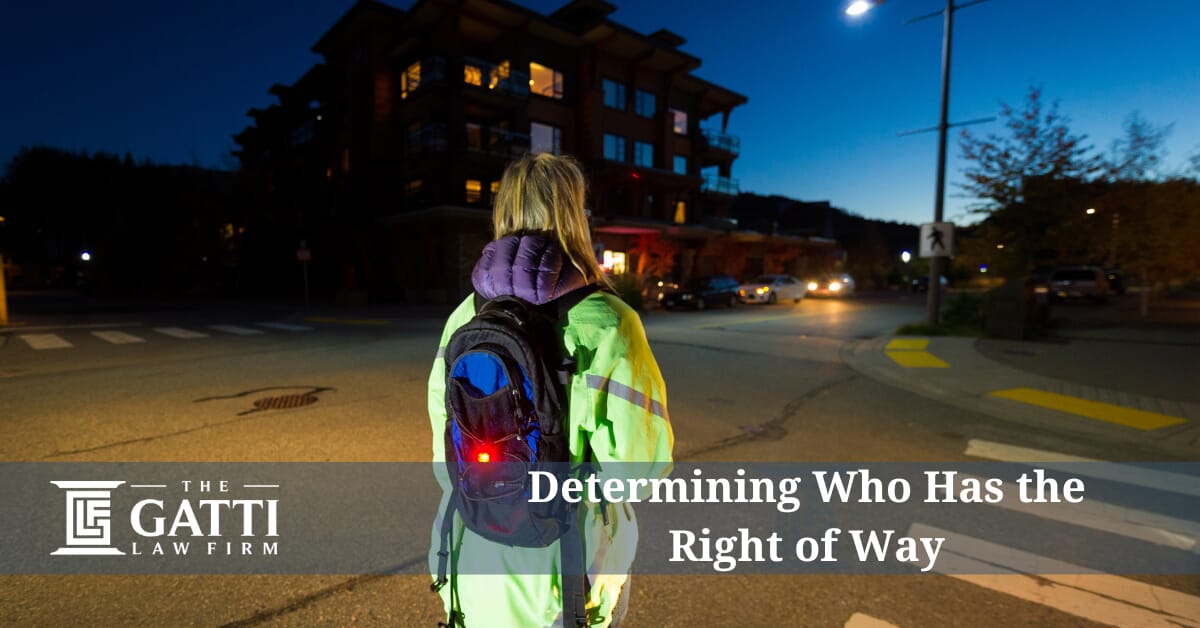Pedestrian accidents can have devastating consequences, and it’s important to understand who has the right of way in such a situation. Generally speaking, pedestrians have the right of way when they are crossing at an intersection or within a crosswalk. Motorists must always be alert for pedestrians and yield to them if necessary.
Additionally, drivers should also stop completely before turning right on red lights, as this could cause serious injury to any pedestrian crossing the street at that time. Furthermore, motorists must never pass cars stopped at crosswalks as there may be unseen pedestrians attempting to cross the road. Ultimately, both motorists and pedestrians should remain aware of their surroundings to avoid collisions and ensure everyone’s safety on roads and sidewalks alike.
When Do Pedestrians Have the Right of Way?
Pedestrians have the right of way in many situations, but understanding when and where they do is important for both pedestrians and drivers. Generally speaking, pedestrians have the right of way whenever crossing a street or intersection. This includes at crosswalks with or without traffic signals, intersections with no marked crosswalk lines, driveways, and alleys.
Pedestrians also should not be harassed by vehicles while walking on sidewalks or other areas designated as pedestrian walkways. Drivers must always yield to pedestrians who are already in the roadway before attempting to pass them safely. Additionally, cyclists must also adhere to these same rules and give pedestrians priority over their own movement if necessary. Understanding when it’s safe for pedestrians to move across streets can help ensure that everyone remains safe while traveling through an area.
When Do Drivers Have the Right of Way Over Pedestrians?
When it comes to who has the right of way, drivers and pedestrians must both exercise caution. Generally speaking, drivers are expected to yield the right of way to pedestrians in certain situations. However, there are times when drivers may not be obligated to do so. Knowing when you have the right of way as a driver can help ensure that everyone remains safe on the roads and sidewalks.
However, there are some exceptions to this rule; for example, if traffic signals indicate otherwise, then drivers may proceed without yielding. Additionally, outside of intersections and marked crosswalks, pedestrians do not have any legal right of way and must yield to vehicles on the roadway. It is always important for both drivers and pedestrians alike to be aware of their surroundings and adhere strictly with all applicable laws while using public roads.
 Get Free Case Evaluation
Get Free Case Evaluation

